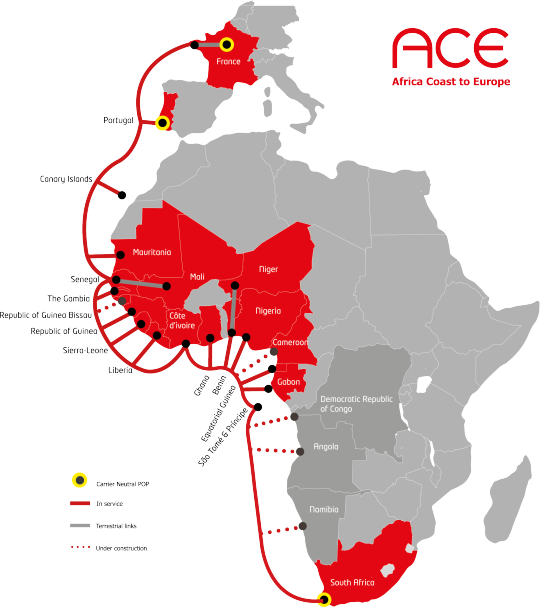#aquatic ecosystems
Text
There's been a recent increase in the removal of old dams and other barriers on salmon streams on the west coast of the U.S. While last year's removal of part a weir from McKay Creek wasn't as dramatic as the removal of dams on the Klamath River, the results of the removal are very promising.
The weir was installed about thirty years ago due to the creek being drained by a nearby reservoir. Unfortunately, its design meant that salmon could no longer go higher up the creek to their historic breeding grounds.
The power of nature's resiliency--if we give it the chance to recover--was evident in the fact that this past February saw the return of the salmon to the creek for the first time in three decades. What's even more exciting is that scientists found not just a few redds (salmon egg nests), but seventy-two of them in a six mile stretch of the creek above the weir! That's incredibly impressive, considering how long salmon were blocked from that area.
Here's to more projects like these giving our salmon a fighting chance for survival in spite of everything we've thrown at them over the years.
#salmon#fish#fishblr#icthyology#aquatic ecosystems#dams#dam removal#conservation#environment#environmentalism#habitat restoration#endangered species#extinction#wildlife#animals#nature#ecology\#restoration ecology
549 notes
·
View notes
Text
Celebrating World Aquatic Animal Day
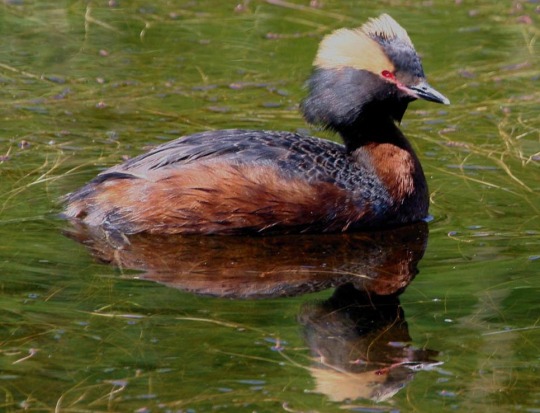
View On WordPress
#Action Plans#advocacy#Aquatic Conservation#Aquatic Ecosystems#Aquatic Habitats#Aquatic Resources#Aquatic Species#Aquatic Wildlife#biodiversity#Buddy System#Chappell Marsh#City Nature Challenge Events#climate change#Collaborative Efforts#Community Action#Community Engagement#Community Stakeholders#conservation#conservation awareness#Conservation Efforts#conservation initiatives#critical habitat#Decision Making#Development Practices#Earth&039;s Oceans#Ecological Awareness#ecological balance#Ecological Conservation.#Ecological Diversity#Ecological preservation
0 notes
Text
I can't believe people would slander ocean sunfish for having a lot of parasites. Uh, hello?? Every animal in nature has parasites dipshit, it came free with living in an ecosystem
#aquatic ecosystems are filled with parasites!! they get transmitted super easy thanks to the. you know. water#fish have sooooooo many parasites you have no idea! so many varied groups! its actually mega cool. they teach us a lot about the ecosystem#anyway. ocean sunfishes are awesome if you hate them youve been fed propaganda (unless an ocean sunfish murdered your family)#sunfish#ocean sunfish
7K notes
·
View notes
Link
Okay so this is really cool. Have a go at it! It’s not very difficult and honestly quite relaxing.
0 notes
Text
Capture fisheries is the only major food production industry that relies completely on the natural production cyckes, and large taxomonic diversity of Wild Aquatic Ecosystems.
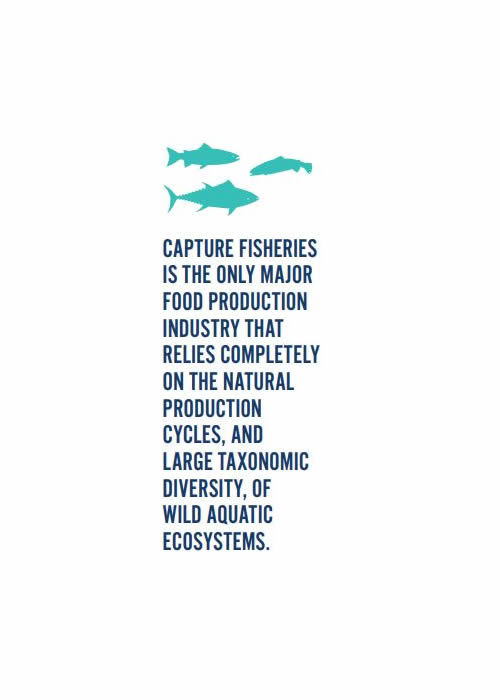
0 notes
Text
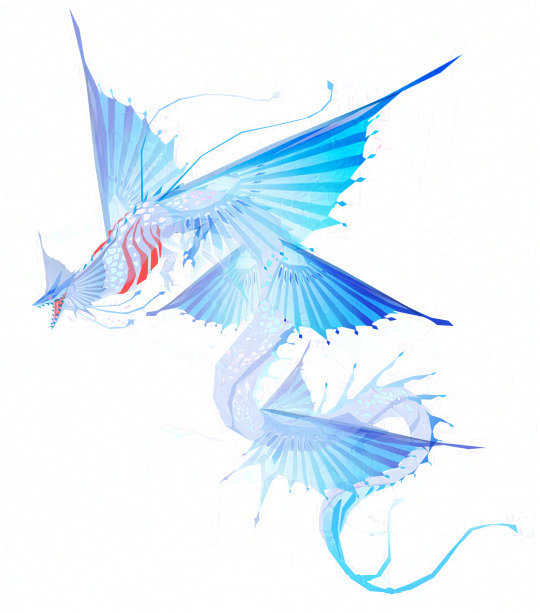
Commission for @irazel !
Really love how this one came out! Was very fun to design a flying fish/shark inspired dragon 🐉🌊🐟
(not to mention dragons are my favourite!)
#digital art#digital illustration#creature#aesthetic#art#creature design#concept art#fantasy creature#fantasy#artwork#art commissions open#monster#speculative biology#speculative evolution#ecosystem#concept design#animal#original art#original creature#nature#dragon art#dragon#wyvern#leviathan#sea serpent#sea dragon#marine life#aquatic#flying fish#ocean
988 notes
·
View notes
Text

Jean Jacket was out and about and very lengthy (sometimes)
[video id: A small translucent leech in a jar, stretching to a long skinny thread and then scrunching to a ball as it moves]
59 notes
·
View notes
Photo



Truce?
— SMALLVILLE, “Hug” (1.11)
+ bonus

#smallville#smallvilleedit#svedit#lex luthor#sv 1x11#dcmultiverse#my gifs#he is soooo alsdkfsksdkf#'I just don't like you' honestly king shit#also just the fact that lex clearly absolutely loathes this brand of slimy businessmen#and yet I'm supposed to buy the idea that he eventually becomes just like them? lol yeah okay#in this ep lex is disgusted with the environmental impact of this guy's business endeavors but in 5x04 he suddenly doesn't care#that the weapon he's now randomly building for the military is destroying nearby aquatic ecosystems?? MAKE IT MAKE SENSE SHOW
343 notes
·
View notes
Text
Aquascaping. That’s all I’m going to say for now 🌿🐠
#might have found a new insane hobby#personal#basically live aquatic plants plus fish plus a whole ecosystem in a tank#I was made for this
7 notes
·
View notes
Text
Check out this little dude. This is a whirligig beetle!
They get their name (i think) from the way they love to rapidly swim around in circles. They're a common sight on the shores of any freshwater pond or lake in the Summer.
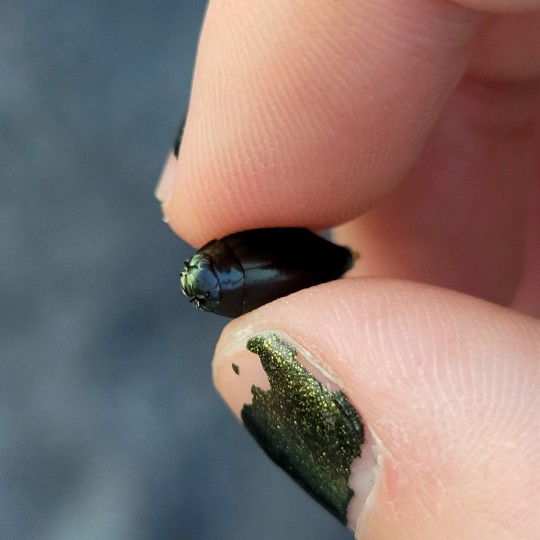
Their sleek, streamlined design serves a similar purpose as in diving beetles - to make them hydrodynamic (faster in the water). And they are quite fast swimmers! You'd be hard pressed to catch one without a net.
Here's a couple of them swimming! Look at that stroke! Little Olympic contenders! They even have a little "paddle" on their rear that helps them push through the water!
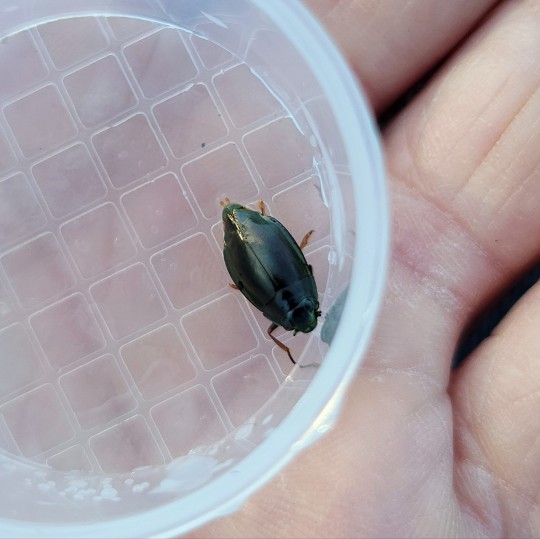

Their speed is mostly for evading predators. Their food sources aren't very fast - consisting mostly of water mites, snails, and small insect larvae. These guys, like dragonfly nymphs, help cut down on mosquito larvae, making them very beneficial!
But above all, I think the coolest thing about whirligig beetles is this:

Look closely - these beetles have FOUR EYES. Now, having more than 2 eyes is actually pretty common in the insect world. Many have 3 or more eyes. However, these "extra" eyes are usually small ocelli, or "simple eyes" that can't do much besides sensing the relative light level throughout the day.
Whirligig beetles have 4, real-deal, massive compound eyes that give them excellent vision. But why 4? It has to do with the fact that whirligigs swim on the exact surface of the water! Two of their eyes look above for predators, while the two on the bottom search for prey (and for other predators)!
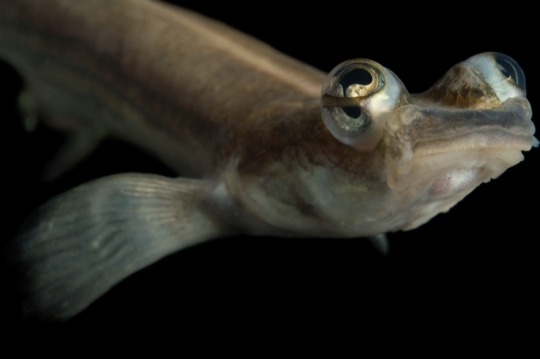
(image source: National Geographic)
This amazing adaptation is similar to the four-eyed fish. It only has 2 eyes, but each one has two pupils, giving it the same ability as the whirligig beetle!
Next time you're near a freshwater shore, look for these cool little swimmers. The beetles themselves might be a little tough to spot, but the swirling of water and subsequent ripples they make will make it obvious when they're around.
Hope you enjoyed these tid-bits about these bugs! It goes to show that even common insects can have mesmerizingly cool traits of their own!
#bug#bugs#nature#insect#insects#entomology#forest#entymology#invertebrates#photography#beetle#beetles#aquatic#freshwater#whirligig#pond#ecosystem
155 notes
·
View notes
Text

Mangroves- The Lifeline of many aquatic creatures
#writerslife#biodiversity#women writers#writer things#articles#writerscommunity#photooftheday#blogger#my photos#photography#mangroves#mangroves hashtag#conservation#mangrove#ecology#endangered species#ecosystem#environment#aquatic#aquatic life#fish#science#the more you know#biology
3 notes
·
View notes
Text
Guardians of the Flow

View On WordPress
#advocacy#Aquatic Ecosystems#Biodiversity Preservation#Chappell Marsh#City planning#clean water#Climate Resilience#Community Engagement#Community Monitoring#Community Resilience#Community Sustainability#conservation awareness#conservation initiatives#Conservation Organizations#Conservation Partnerships#Conservation Practices#conservation programs#Conservation Strategies#cultural significance#Earth&039;s Water Resources#ecological balance#ecosystem health#Ecosystem Preservation#environmental awareness#Environmental Citizenship#Environmental Education#environmental impact#Environmental Monitoring#Environmental Protection#environmental resilience
0 notes
Note
why did the ray finned fishes win out in terms of speciation and population in the water compared to us lobe finned fishes? did we lobe finners just have a skill issue (or gill issue if you will) and fumble the aquatic niches?
Ooh, what an exciting question! I didn't know the answer myself, but this news article provides an interesting and good (in my opinion) hypothesis for how. The article explains that in the Devonian, the now-extinct class placoderms and lobe-finned fish were the two dominating animal groups of the aquatic world, no doubt closely followed by sharks who also diversified greatly. So, we did in fact thrive and dominate over ray-fins for a while! However, the Hangenberg event, also known as the end-Devonian extinction that took place about 359 million years ago, sadly brought an end to the placoderms as a whole, along with many, many lineages of lobe-finned fishes that used to exist: heck, over 96% of all vertebrate species were lost during this time! With great losses of diversity like this, entire classes of animals gone, well... a power vacuum forms. With only some cartilaginous fishes and ray-finned fishes left, it took them no time to diversify and fill in those previously full niches! Looking at the current diversity of ray-finned fishes, it really doesn't take much to assume that they took this opportunity with stride.
How come sharks didn't quite get as diverse, then? Well... I'm not sure. Perhaps the ray-finned fishes were quicker to reproduce? Maybe bony skeletons are just that much better? Some ponder that a bony skeleton would've been more protective and offered more points of attachment for muscles to allow for more powerful movement. It could also just be that bony fishes can live in freshwater as well as saltwater which allowed them to diversify away from cartilaginous fishes! But these are just guesses.
TL;DR: Us lobe-fins didn't have a gill issue at all — heck, two of of the "fishy" lobe-fin lineages are still alive today after other numerous extinction events! Though, perhaps us tetrapods did in fact develop a literal gill issue soon enough... we were rather quickly on our way to colonise the land and follow in the footsteps of invertebrates during and after the Devonian. In any case, the ray-finned fish just saw an opportunity once a power vacuum emerged, and took it! Super happy for them for taking that chance ngl, clearly it worked out really well for them. Now they're the most diverse group of vertebrates!! Love to see a heartwarming success story of the underdogs winning haha
#some tetrapods seem to have regretted not taking that chance to recolonise the water after the devonian. just look at how many groups of -#tetrapods have returned back to aquatic life!! but the ray-fins were quicker ;)#(granted we are some of the most fearsome predators in the ocean ecosystems now... just look at whales... but thats beside the point.)#(i want to give the fishes a win!!! i think they did indeed win when it comes to vertebrates because holy moly)#asks#kennedy-the-genderfluid-punk#love the name! hope you learned something kennedy! i sure did writing this :D#fish
20 notes
·
View notes
Text
Day 8: Algae bloom

Apparently it's not natural for there to be so much algae. I remember in school they taught us how it could completely wreck an ecosystem
Barely missed the day, like it's 23:54 right now
--This image is part of the public domain, meaning you can do anything you want with it ! (you could even sell it as a shirt, poster or whatever)--
#art#copyright#free art#open source#public domain#photography#marine biology#sea#algae#green algae#algae bloom#water#ecosystem#ecology#pollution#aquatic life#biology
3 notes
·
View notes
Text
Last paper I was going to read has been read... it was the most interesting to me. It was about low-head dam removal and it's effects on the community make up of the fish populations in those streams. It was not a study performed by the guy I am talking to tomorrow, it was actually a grad thesis by a student that worked with him in the aquatic sciences center. Now I just have to figure out the answers to a couple questions I was recommended to have answers to because they seem likely to be asked.
#I still don't have any good questions to ask him though *sobbing*#I have questions about like the timing of the research because mostly everything I saw was longer than a grad degree will take#I want to know how they pick their research projects because there are so many things that could be researched#but otherwise its just statements#I want to learn fish dissection and identification. I want to learn how to use R. I want to refresh/understand statistics#I was most interested in the studies that were done on things like the dam-removal effect and riparian vs agriculture streams#the studies on fish population demographics were interesting and important but didn't quite capture me the same way#I guess I can just say that these were the things I found interesting and would like to study and be involved in#but that because I don't have much (any) experience creating my own experiments#or with aquatic ecosystems I am not really sure what a good research question would be but that I want to learn#..... I don't know if that's great though because it might just make me seem inexperienced#in a way that would not be beneficial to a lab. like that I wouldn't be bringing anything to the table#but on the other hand if you are expecting a brand new grad student to have all the answers what are you doing#but also I have been out of school and been working for 4 years so I should be more mature and have a better grasp of science#AAAAAAAAAAAAAAAAA JUST WHAT IF IM NOT GOOD ENOUGH#i am so stressed
2 notes
·
View notes



